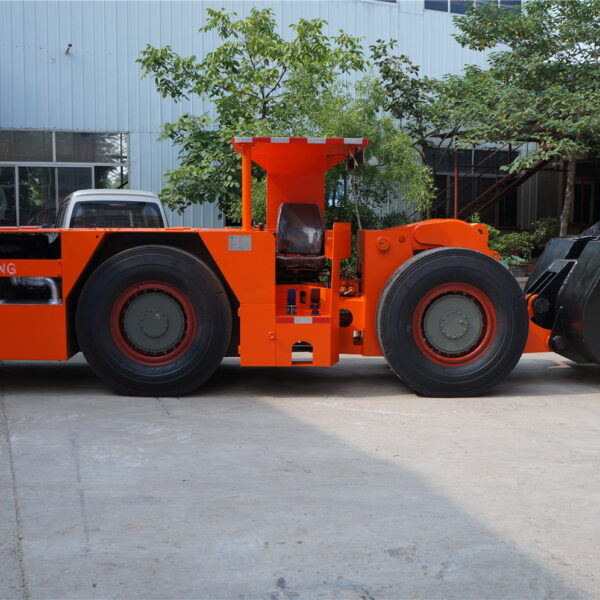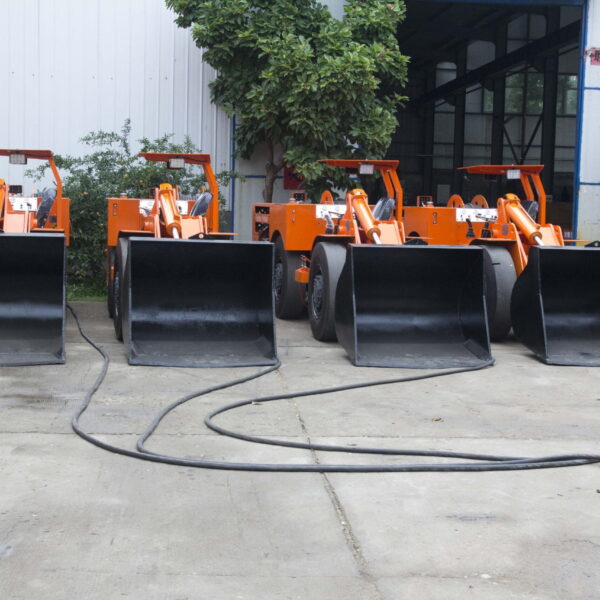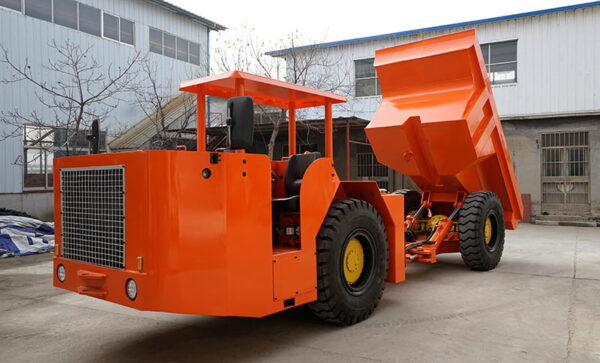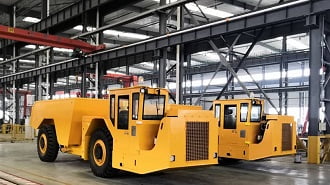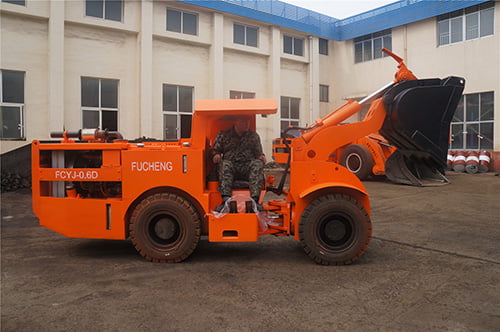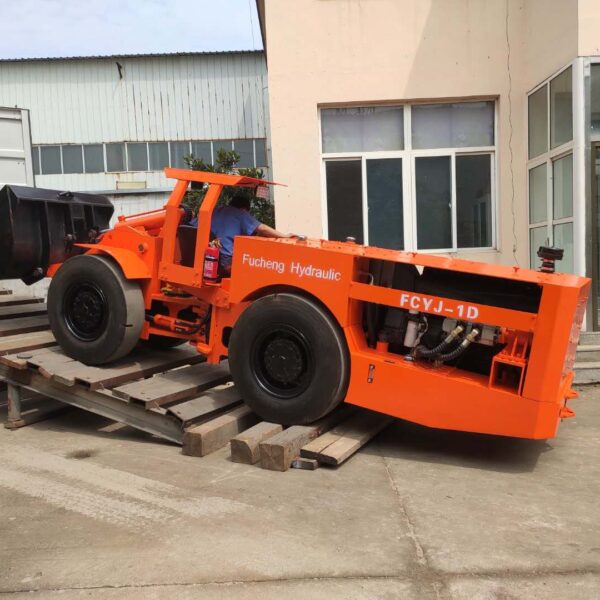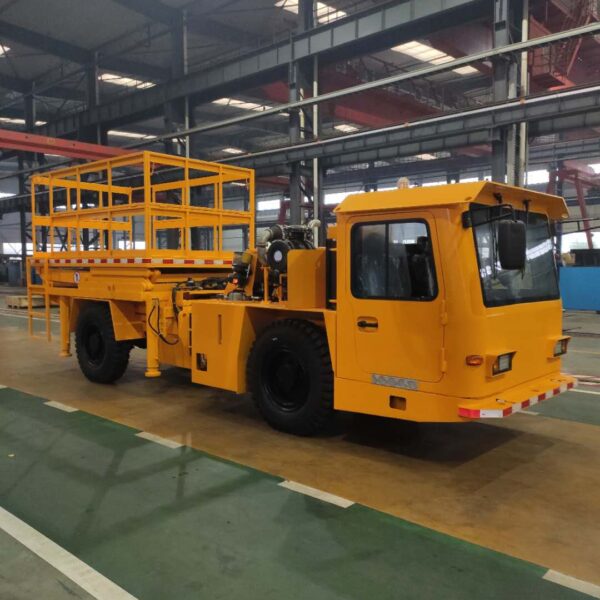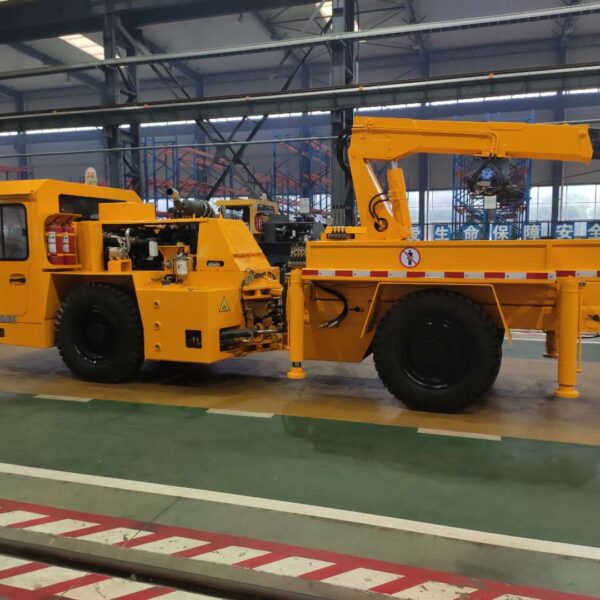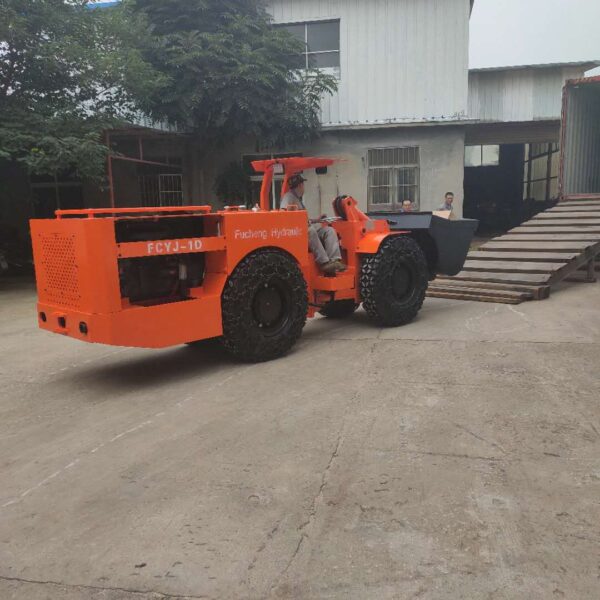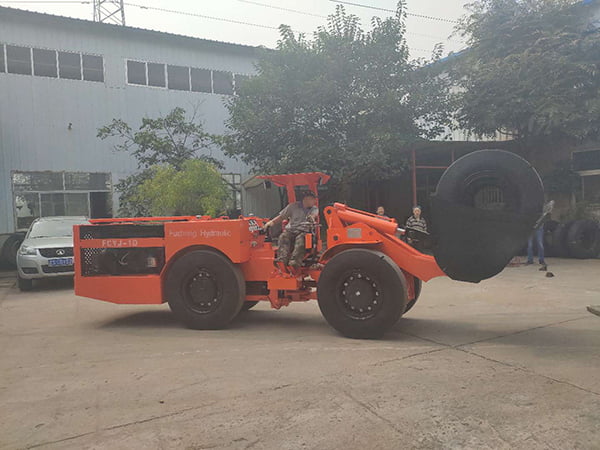- MHSA:Mining Health and Safety Administration (Administration de la santé et de la sécurité dans les mines)
- SST:Sécurité et santé au travail
Selon la MHSA du ministère américain du travail, les machines lourdes et autres équipements de construction sont à l'origine de 70% des accidents miniers aux États-Unis. La communication des dangers, la protection des machines, les procédures de verrouillage et d'étiquetage et le câblage électrique figuraient parmi les dix causes d'accident les plus souvent mentionnées en 2012.
Le bilan de la catastrophe d'une mine de charbon dans le sud-ouest de la Chine s'élève à 22 morts. En fait, les mines chinoises sont parmi les plus dangereuses au monde, et le gouvernement s'est empressé d'appliquer les règles de sécurité.
Une profession dans l'industrie minière requiert les mesures de sécurité et de santé au travail (SST) suivantes pour que votre séjour dans les mines se déroule au mieux.
Il existe plusieurs règles et réglementations en matière de sécurité minière qui diffèrent d'un pays à l'autre. Nous vous présentons ici les règles les plus courantes en matière de sécurité minière.
Former les travailleurs à la sécurité professionnelle
La formation aux règles et réglementations de sécurité minière doit être dispensée régulièrement à tous les membres de l'équipe. Les nouveaux membres de l'équipe ne sont pas les seuls à devoir respecter ces règles minières.
Tous les travailleurs devraient avoir l'obligation de suivre une formation de mise à jour. Les cours de formation qui comprennent à la fois des éléments théoriques et pratiques sont bénéfiques.
Les travailleurs qui occupent des emplois physiquement exigeants sont soumis à des examens physiques et de santé. Ces examens visent à déterminer s'ils sont aptes à occuper le poste.
Utiliser un équipement de protection à tout moment
Les travailleurs de l'industrie minière utilisent un large éventail d'équipements de protection, notamment des casques, des lunettes et des gants. Tous les employés doivent porter l'équipement de sécurité approprié à tout moment. Les casques, par exemple, ont sauvé la vie de nombreux travailleurs dans le passé.
Superviser votre personnel
Il ne doit y avoir aucune exception à l'obligation de respecter les consignes de sécurité par l'ensemble de l'équipe. En tant que superviseur, il est essentiel de suivre et d'appliquer les règles et réglementations en matière de sécurité minière.
Un site minier ne doit jamais recevoir plus de visiteurs que le nombre autorisé. Vous devez également savoir où se trouve chaque membre de l'équipe au cours de chaque période de travail. De même, tous les employés doivent savoir ce que font leurs collègues tout au long de la journée.
Si un membre de l'équipe enfreint de manière répétée les normes de sécurité, il doit être sanctionné en conséquence.
Assurez-vous que vos procédures de sécurité sont documentées
Chaque membre de l'équipe doit savoir précisément ce qu'il doit faire en cas d'accident. Les protocoles de sécurité doivent être décrits en détail.
En cas d'incident, indiquez ce qu'il faut faire et qui doit être contacté. Les protocoles de sécurité doivent être largement diffusés dans des endroits où les membres de l'équipe peuvent y accéder rapidement.
Respecter les normes de sécurité les plus récentes
Tous les équipements de sécurité doivent être entretenus fréquemment et répondre aux règles et réglementations les plus récentes en matière de sécurité minière. Ne négociez jamais lorsqu'il s'agit de vous protéger et de protéger votre équipe minière.
Même si cela implique une augmentation des coûts ou le report d'un projet, remplacez tout ce qui ne répond plus aux exigences actuelles en matière de sécurité. N'envisagez même pas de permettre à vos employés d'utiliser des équipements de sécurité périmés pendant une courte période.
Les événements liés à la sécurité sont fréquents dans le secteur minier. Dans certains cas, des catastrophes auraient pu être évitées si les précautions adéquates avaient été prises.
Ne commettez pas les mêmes erreurs que les autres. Même si les risques ne peuvent jamais être éliminés, le fait de suivre les conseils précédents peut contribuer grandement à les atténuer.
Fermer les anciens puits
Les puits qui sont hors service mais qui ne sont pas fermés risquent de poser des problèmes à l'avenir. Les puits de mine inutilisés se dégradent s'ils ne sont pas correctement entretenus et renforcés.
En raison de leur comportement imprévisible et de leur tendance à l'effondrement, les puits voisins sont menacés. En outre, la présence de méthane et de poisons peut supprimer l'oxygène, augmentant ainsi la probabilité d'explosions.
Vous pouvez préserver les puits abandonnés en utilisant une procédure de scellement fiable pour empêcher le gaz de pénétrer dans les canaux de travail de la mine.
Prendre des mesures préventives contre l'éclatement des rochers
Selon la loi sur la sécurité et l'inspection des mines, les roches doivent être déplacées (ou explosées) avant que des personnes ne soient employées sur le site minier. Les explosions naturelles et artificielles peuvent déloger de grandes parties des parois rocheuses.
Les travailleurs peuvent être gravement blessés par la chute d'un rocher sur eux. Il est donc essentiel de mettre en place des mesures de protection pour assurer leur sécurité. Des ancrages et des barrières peuvent être utilisés pour tenir les fragments à distance et protéger les mineurs.
Dans les projets de surface, les fossés et les bermes situés aux limites d'un site peuvent réduire l'impact des chutes de blocs rocheux. En revanche, le boulonnage, l'escalade et le blocage des parois rocheuses en surplomb peuvent avoir un effet dissuasif dès le début d'un assaut. Des rideaux ou des tapis en maille d'acier peuvent également être fixés au périmètre de la mine pour retenir les fragments de roche errants.
Attention au feu
Il est plus dangereux de travailler dans une mine de charbon ou dans une zone riche en gaz, car les matériaux présents dans les mines augmentent le risque d'incendie.
La fumée et les flammes peuvent rapidement envahir les puits et les tunnels souterrains en raison du confinement étroit. En conséquence, les flammes peuvent se propager plus rapidement que les employés ne peuvent le voir en raison de l'étroitesse des voies.
Il est possible d'éteindre les flammes à l'aide d'équipements d'extinction et de capteurs. Lorsqu'un incendie se déclare, les employés doivent être conscients des stimulants du feu et des situations dangereuses afin de pouvoir réagir rapidement dans les premières minutes. Les brûlures peuvent également être réduites par le port de vêtements résistants au feu.
Garder un œil sur les risques liés à la poussière
Lors de l'exploitation minière, de fines poussières de silice ou de charbon peuvent être transportées dans l'air à des concentrations plus denses que d'habitude. Ces particules peuvent irriter le système respiratoire en fonction de leur taille et de leur composition.
Les travailleurs peuvent respirer un air plus pur grâce à des dispositifs d'aspiration, des écrans, des plans de transfert et des épurateurs à ventilateur humide.
En raison du risque de maladie pulmonaire chez les mineurs, ceux-ci doivent porter une protection respiratoire. Les respirateurs et les masques de ventilation peuvent protéger les mineurs des polluants en suspension dans l'air.
Sensibilisation à la sécurité électrique
Comme la majorité des autres lieux de travail, les mines dépendent de l'électricité pour faire fonctionner leurs outils électriques, leurs éclairages et autres équipements électriques. Les câbles d'extension et les fils sont omniprésents lorsque l'électricité est envoyée sur ces sites et transportée jusqu'aux appareils.
Les lois et réglementations minières nous suggèrent de maintenir la sécurité électrique afin de protéger les employés contre l'électrocution ou les chocs électriques lors de l'utilisation de câbles et de gadgets dans les mines humides. Les courants électriques peuvent être contrôlés en mettant le système à la terre, en utilisant des câbles robustes et en isolant les connexions.
Pour éviter de trébucher, tirez les fils hors du chemin et mettez-les en faisceau.
Se préparer en cas d'accident de glissade ou de chute
En raison de la longueur des puits, les mineurs sont susceptibles de tomber d'une position élevée et d'atterrir sur des surfaces dures. C'est pourquoi les travailleurs doivent respecter scrupuleusement les règles et réglementations minières.
Le port de bottes à haute adhérence peut vous aider à éviter de glisser sur des rochers mouillés, boueux ou meubles lorsque vous travaillez. Votre démarche peut être affectée par les grandes bottes de travail, mais elles vous permettront de rester en sécurité.
Les dispositifs de fixation des échelles peuvent empêcher les échelles de tomber. Lorsque des employés tombent dans des puits de mine profonds, des échelles fixes, des ceintures de sécurité et des cordes sont utilisées pour les ramener en sécurité.
Le dégagement des pieds et les matériaux robustes sont nécessaires dans tous les types d'exploitation minière à ciel ouvert, même s'ils prennent des formes différentes.
Pensez à la possibilité d'effondrements
De nombreux mineurs meurent chaque année à la suite d'effondrements, qui constituent un problème depuis des décennies. Les travailleurs miniers peuvent prendre conscience du risque d'effondrement en comparant des situations alternatives.
Il est possible d'accomplir le travail sans prendre de raccourcis, même si des effondrements peuvent se produire à tout moment. Les employés des mines peuvent éviter d'être pris au piège s'ils respectent les règles et réglementations en matière de sécurité minière et s'ils sont attentifs à leur environnement.
Se tenir au courant des nouvelles technologies minières peut contribuer à améliorer la sécurité et les infrastructures minières souterraines. Les équipes peuvent bénéficier de la détection précoce des risques potentiels grâce à la technologie.
Bénéficier d'une formation formelle et de possibilités de recertification
Les travailleurs peuvent commencer à se sentir plus confiants dans leurs responsabilités après avoir appris les règles et réglementations en matière de sécurité minière, mais ils peuvent aussi oublier des processus essentiels. Au fur et à mesure que les enfants s'habituent à la routine, leur attention aux détails peut diminuer.
Les superviseurs et les collègues peuvent susciter un sentiment de responsabilité en rappelant aux employés les politiques de l'entreprise. Suivre des cours de recyclage peut également vous aider à vous sentir plus confiant tout au long de la procédure.
Grâce aux règles et réglementations en matière de sécurité minière, les mineurs sont mieux préparés à faire face à des événements inattendus. Les mineurs qui connaissent bien la loi sur la santé et la sécurité dans les mines peuvent aider le secteur à aller de l'avant.
Amélioration de la sécurité dans les mines grâce aux tapis anti-explosion
Les tapis anti-souffle peuvent être utilisés de différentes manières pour renforcer les parois d'une mine. Ils sont constitués d'un câble d'acier et peuvent être utilisés pour renforcer la structure des mines.
L'emboîtement de l'acier peut s'adapter à la forme des puits et des cavités de la mine grâce à sa flexibilité. Les tapis anti-souffle sont souvent utilisés dans les mines pour prévenir les chutes de pierres et les explosions.
Le treillis peut être utilisé comme barrière s'il est fixé au mur. Les tapis anti-souffle peuvent être utilisés comme une sorte de support passif en cas de chute massive.
Les tapis de dynamitage étant légers et résistants, vous pouvez les fixer aux murs sans trop solliciter la roche. Elles peuvent être utilisées indépendamment ou avec d'autres renforcements de murs, tels que des ancrages ou des barres.
Conclusions
Il est possible de se conformer à la réglementation en matière de sécurité et de santé au travail (SST) et à la législation minière dans l'exploitation minière à petite échelle en combinant les méthodes ci-dessus. Cependant, les mineurs à moyenne et grande échelle ont des préoccupations particulières en matière de sécurité, et les normes de SST peuvent devoir être adaptées pour répondre à ces préoccupations.
Les inspections des mines peuvent jouer un rôle essentiel dans la supervision et le conseil des petites exploitations minières en matière de SST et d'application des réglementations relatives à la sécurité minière.


